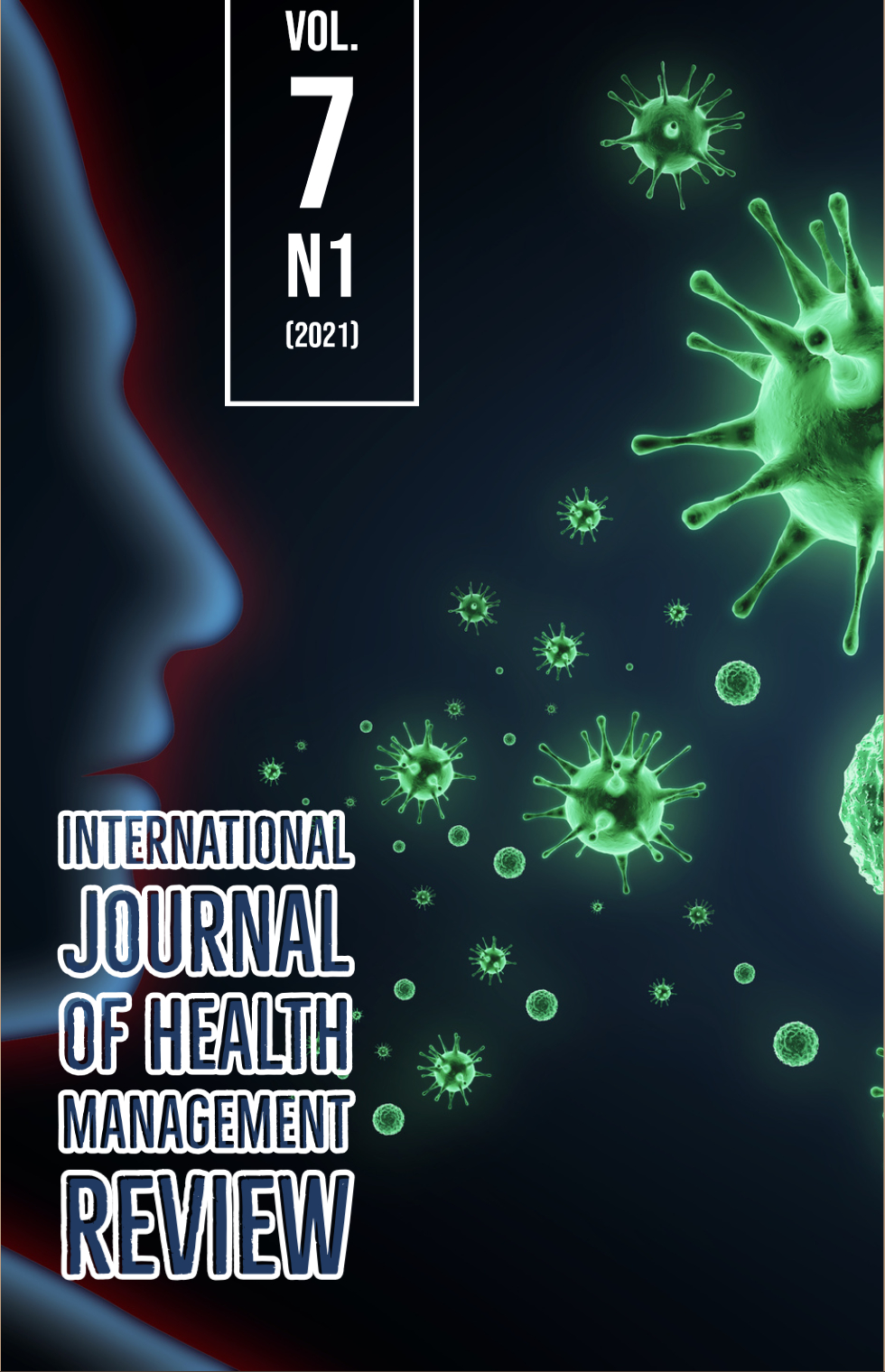Aneurisma de artéria esplênica: tratamento endovascular, laparoscópico ou cirurgia aberta?
DOI:
https://doi.org/10.37497/ijhmreview.v7i1.239Palavras-chave:
Aneurismas viscerais, Aneurisma de artéria esplênica, Tratamento de aneurisma.Resumo
Introdução: Os aneurismas de artéria esplênica são uma patologia rara e com alto grau de fatalidade. São considerados como o terceiro aneurisma mais comum, a seguir dos aneurismas de aorta e artéria ilíaca. A incidência em mulheres é quatro vezes superior quando comparada aos homens, e geralmente, são diagnosticados de forma incidental ou sintomática. Objetivo: Realizar uma revisão narrativa buscando sintetizar a epidemiologia, fisiopatologia, diagnóstico e as opções de tratamento dos aneurismas de artéria esplênica. Método: Para a seleção dos artigos, foi utilizada a base de dados PUBMED, Scielo e Uptodate, conforme a estratégia de busca: "Splenic artery aneurysm" OR "Visceral aneurysms" AND (“treatment” OR “diagnosis”). Resultados: A incidência é maior em mulheres (mulheres: homens 4:1), na sexta década de vida, com até 80% em paciente maiores que 50 anos. Os aneurismas verdadeiros de artéria esplênica, geralmente estão relacionados a condição de aumento de fluxo, assim como ocorrem principalmente no período gestacional (principalmente em multíparas), em fistulas arteriovenosas, malformação e hipertensão portal. Devido a maior acessibilidade aos exames de imagem, o diagnóstico, apesar de na maioria ser incidental, tem sido precoce, favorecendo assim, em uma intervenção terapêutica eletiva, diminuindo de forma considerável a mortalidade por complicações como a rotura. Considerações: Apesar dos aneurismas de artéria esplênica serem uma patologia rara e potencialmente fatal, seu diagnóstico costuma ser acidental e algumas vezes tardio quando sintomáticos. Devido aos avanços tecnológicos, a preferência de tratamento é pela abordagem endovascular já que esta garante baixa mortalidade e menor morbidade no curto prazo.Downloads
Como Citar
Edição
Seção
Licença
Autores que publicam nesta revista concordam com os seguintes termos:
O(s) autor(es) autoriza(m) a publicação do texto na da revista;
O(s) autor(es) garantem que a contribuição é original e inédita e que não está em processo de avaliação em outra(s) revista(s);
A revista não se responsabiliza pelas opiniões, idéias e conceitos emitidos nos textos, por serem de inteira responsabilidade de seu(s) autor(es);
É reservado aos editores o direito de proceder a ajustes textuais e de adequação às normas da publicação.
Autores mantém os direitos autorais e concedem à revista o direito de primeira publicação, com o trabalho simultaneamente licenciado sob a Licença Creative Commons Attribution que permite o compartilhamento do trabalho com reconhecimento da autoria e publicação inicial nesta revista.
Autores têm autorização para assumir contratos adicionais separadamente, para distribuição não-exclusiva da versão do trabalho publicada nesta revista (ex.: publicar em repositório institucional ou como capítulo de livro), com reconhecimento de autoria e publicação inicial nesta revista.
Autores têm permissão e são estimulados a publicar e distribuir seu trabalho online (ex.: em repositórios institucionais ou na sua página pessoal) a qualquer ponto antes ou durante o processo editorial, já que isso pode gerar alterações produtivas, bem como aumentar o impacto e a citação do trabalho publicado (Veja O Efeito do Acesso Livre) em http://opcit.eprints.org/oacitation-biblio.html















